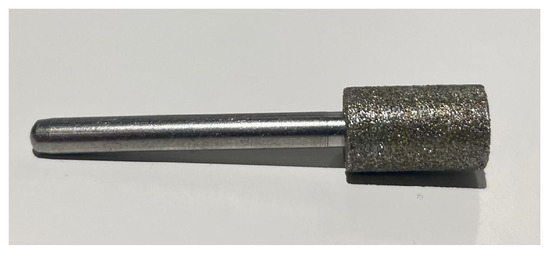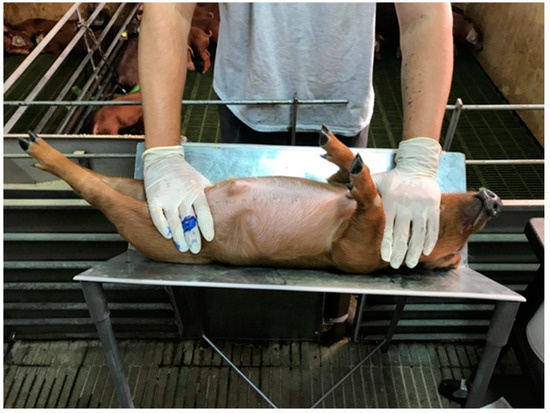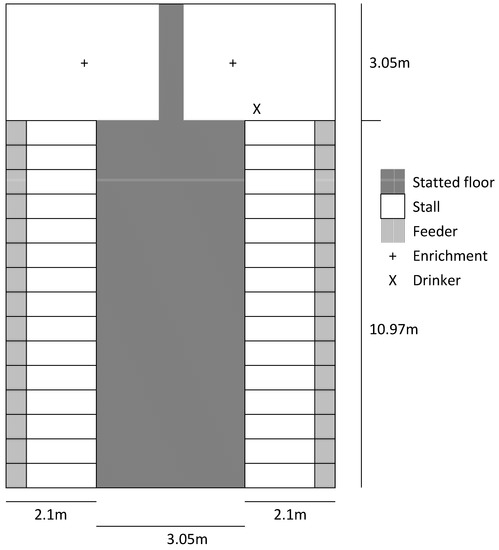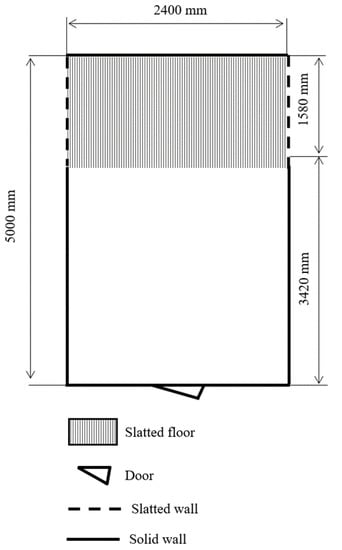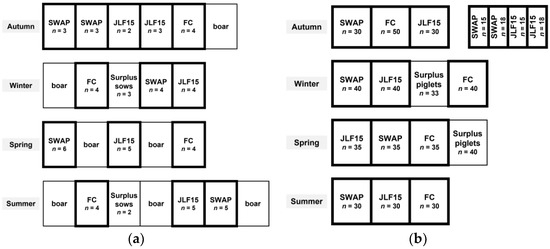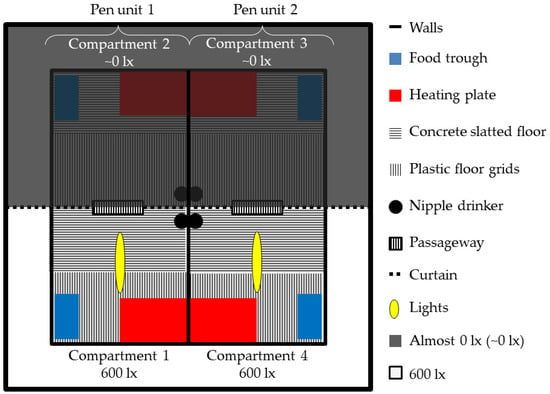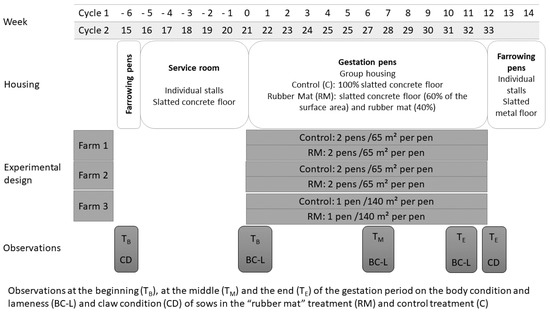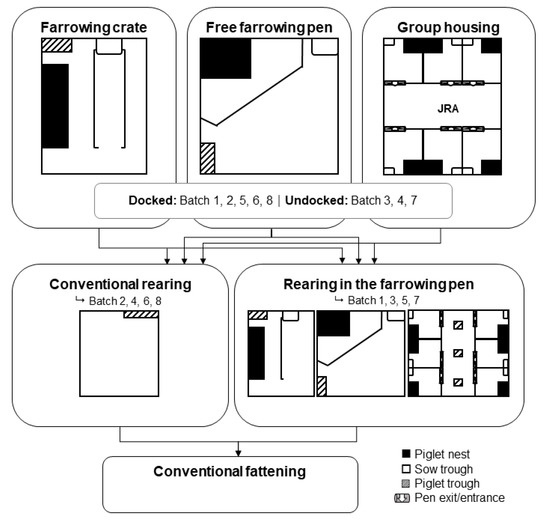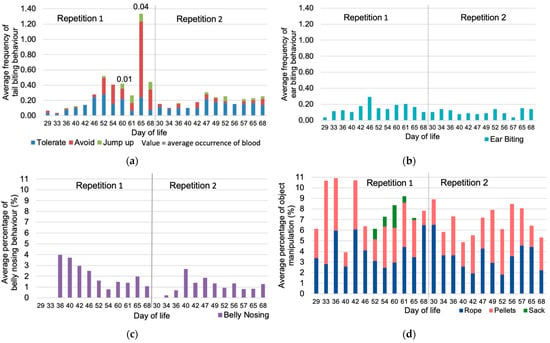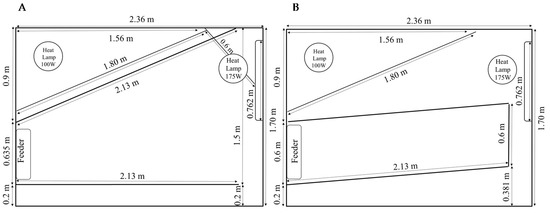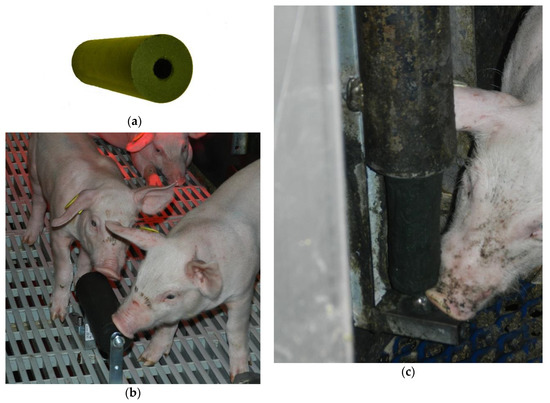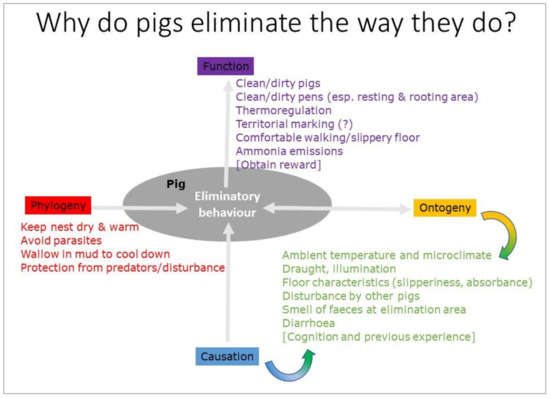Behaviour of Pigs in Relation to Housing Environment
A topical collection in Animals (ISSN 2076-2615). This collection belongs to the section "Pigs".
Viewed by 80259Editor
Topical Collection Information
Dear Colleagues,
A precise knowledge of animal behavior is a prerequisite for assessing animal welfare in modern farming systems. Despite increasing interest in this research field in recent years, there are still many questions to be answered, especially with regard to pigs’ behavior and welfare. Current problems such as tail biting or piglet crushing still have to be solved, and the impact of the pigs’ environment on their behavior and welfare should be further elucidated, aiming to increase animal welfare. Therefore, more research on pig behavior in different (housing) environments is necessary, and the relation of behavioral aspects to stress and welfare needs to be explored. There may also be ways to positively influence pigs’ behavior and welfare, for example, by new methods of environmental enrichment, using also the pigs’ cognitive abilities. This Collection focuses on new insights into the behavior and welfare of pigs depending on their environment. For that, animals’ housing and social environment can be considered. Research papers on domestic pigs in intensive livestock systems are as welcome as studies from free-ranging or other alternative systems. Research articles on wild boars are also encouraged when investigating fundamental environmental influences on their behavior and welfare.
Dr. Michaela Fels
Collection Editor
Manuscript Submission Information
Manuscripts should be submitted online at www.mdpi.com by registering and logging in to this website. Once you are registered, click here to go to the submission form. Manuscripts can be submitted until the deadline. All submissions that pass pre-check are peer-reviewed. Accepted papers will be published continuously in the journal (as soon as accepted) and will be listed together on the collection website. Research articles, review articles as well as short communications are invited. For planned papers, a title and short abstract (about 250 words) can be sent to the Editorial Office for assessment.
Submitted manuscripts should not have been published previously, nor be under consideration for publication elsewhere (except conference proceedings papers). All manuscripts are thoroughly refereed through a single-blind peer-review process. A guide for authors and other relevant information for submission of manuscripts is available on the Instructions for Authors page. Animals is an international peer-reviewed open access semimonthly journal published by MDPI.
Please visit the Instructions for Authors page before submitting a manuscript. The Article Processing Charge (APC) for publication in this open access journal is 2400 CHF (Swiss Francs). Submitted papers should be well formatted and use good English. Authors may use MDPI's English editing service prior to publication or during author revisions.
Keywords
- swine
- domestic pig
- wild boar
- behavior
- welfare
- environment
- housing






